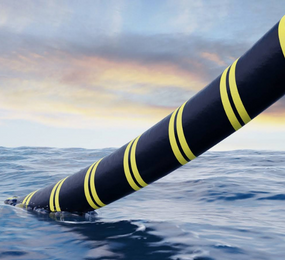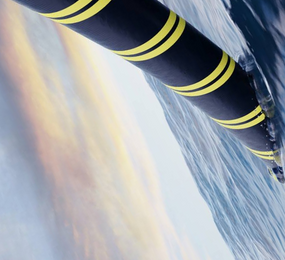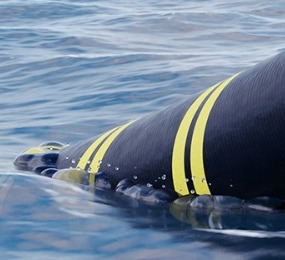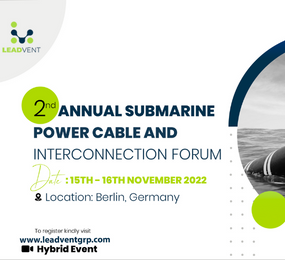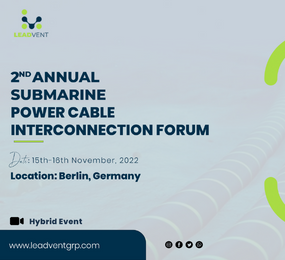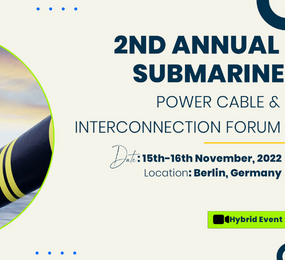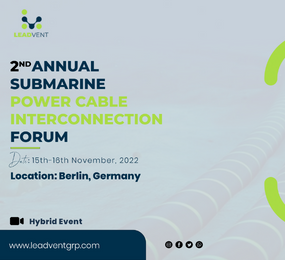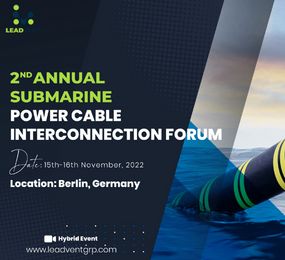There's a global fight against climate change and as such, the dependency on fossil fuels for power generation is no longer feasible.
Renewable energy sources are considered substitutes for fossil fuels as they promise a clean and sustainable power supply. Due to the exponential rise in renewables demand, the supply for Subsea power cables also increased. Do you know why? Subsea power cables are used in renewable energy transmission. Power cable global demand will reach 24,103km of total length by 2025.

As the Subsea cables industry continues to expand, there have been reports of a decline in product quality which causes rampant cable failures. According to GCube insurance services, 77% of the total offshore wind project financial losses could be attributed to Subsea cable failures in 2015. This is possible as the relative cost for finding and replacing a damaged submarine cable could go from €0.72 million to €1.87 million. In addition, 4Coffshore reported that 4,600 subsea cables have been installed and are in operation for offshore wind farms globally under which about 10 incidents are declared annually. This leads to cable downtime of 100 days on average. A total of over € 350 million of insurance claims have gone to Submarine Cable failures over the past 7 years.
Major Causes of Submarine Power Cable Failures
-
Fishing Activities
Fishing activities are one of the major causes of subsea power cables. Such activity could lead to trawling of cables and anchor dragging.
-
Electrical Faults
Electrical faults usually occur in the first three years of deployment which is also known as the infant mortality phase. These faults usually result in power discharge, tracking, breakdown of insulation cable joints as well as permanent cable terminations. A total of 1, 160GWh power losses have been witnessed in the UK’s offshore wind sector.
-
Thermal Errors
These errors could be caused by poor cable design or inappropriate installation and these errors in turn result in excessive heating of the cables.
-
Environmental factors
The marine environment poses a lot of threats to the proper running of submarine cables. The saline nature, as well as the seabed movements of the marine environment, causes great damage to the cable components which occurs over time.
-
Ambient Issues
Most cable movements and perturbations are due to the tidal waves and sea currents. These movements caused mechanical stress on the cable. Moreso, buried cables stand a chance to be unearthed which in turn exposes the cable to further external forces.
-
Mechanical Faults
There's a need to properly protect cables to avoid mechanical faults. If enough attention is not granted to cable protection, then such cables are prone to fail.
-
Manufacturing Errors
In a report by Van Maanen, a total of 50% of cable failure occurrences could be attributed to errors in the manufacturing process in 2015. Most cable manufacturing errors go unnoticed, especially at the early stages which eventually cause cable breakdowns in the long run. Currently, there are reports about the production of substandard cables.
-
Aging
The aged cable needs to be evacuated and replaced as there will be a massive drop in total performance, especially in its rigidity and efficiency when allowed to continue being in operation. If evacuation didn't occur early enough, it could result in total cable breakdown and failure.
-
Poor Installation
Cable installation and deployment are a big deal! Installation issues cost more to repair. Hence, it is advised to involve a qualified marine engineer in the job to avoid unnecessary losses.
-
Unknown Causes
Cables can fail without a noticeable reason or a causative factor. There are a lot of reported cases whereby Subsea cable failures occur but the reason for the failure could not be detected.
Basically, to avoid or reduce cable failures, a lot of carefulness is needed throughout the life cycle of the cable. Routine inspections and continuous monitoring are needed. Also if possible, develop a workable monitoring and reporting system that can detect and alert operators when there's an impending danger on several occasions, some failures can be avoided if reported early thereby saving millions and in return increasing the overall total income of the project. Furthermore, as earlier stated, most cable failures are perpetuated by human activities which could be intentional or unintentional. No matter the reason, Cable's life should be protected by all means and against all odds.


